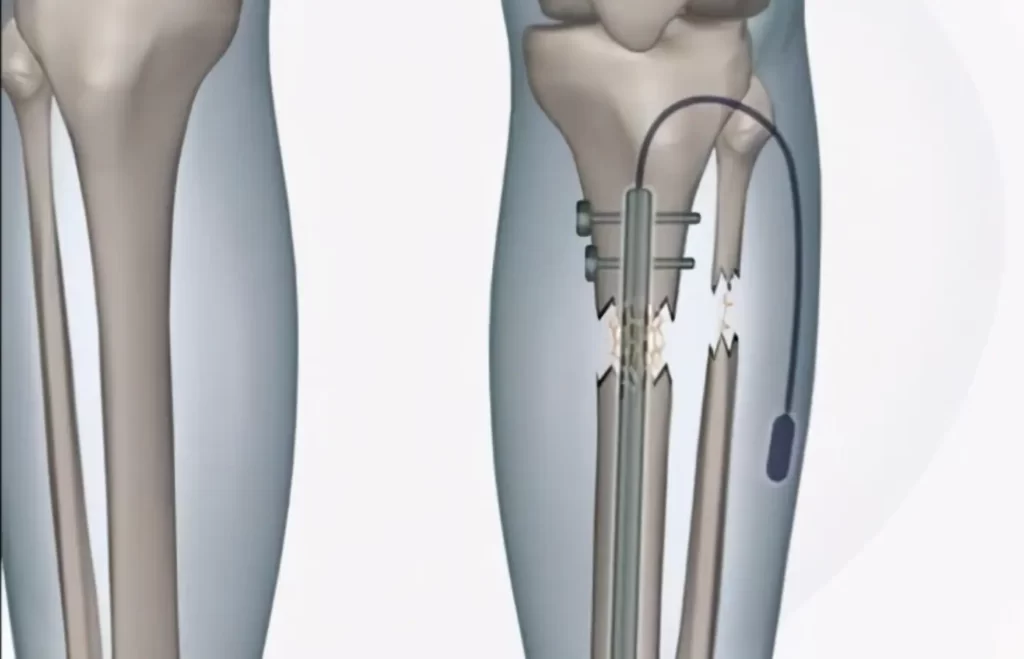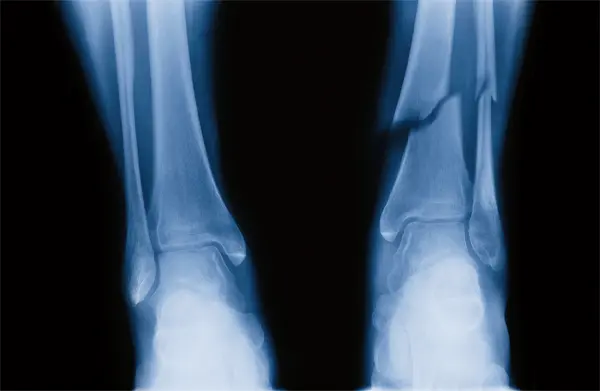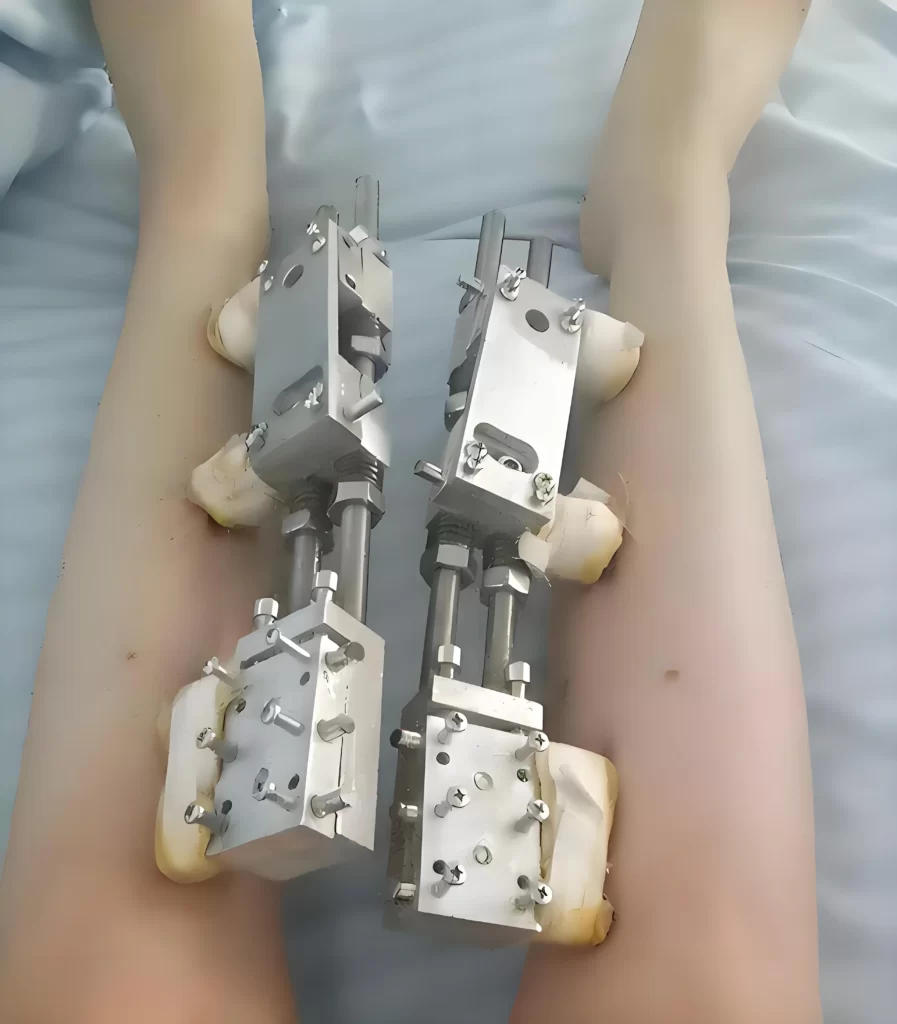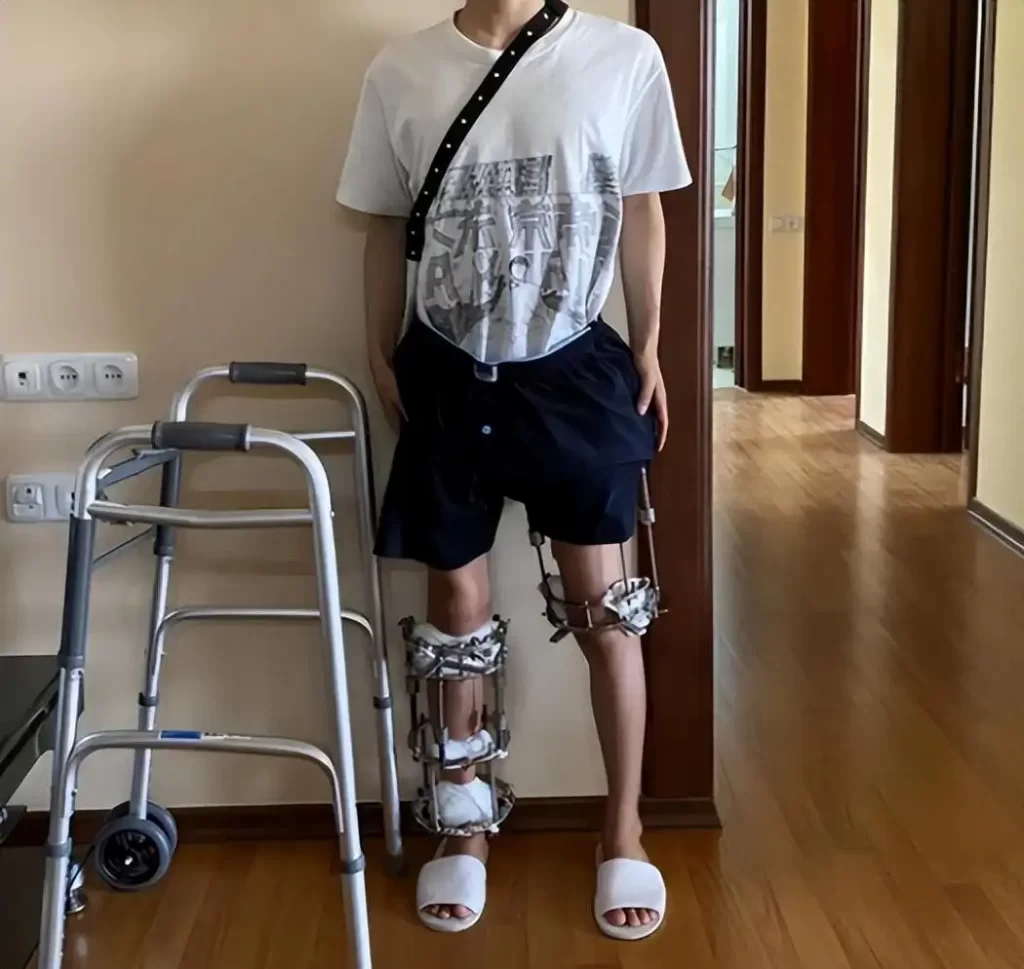Height Surgery: Understanding the Options and Implications
Height surgery, also known as limb-lengthening surgery, has gained attention as a way for individuals to increase their height. Many people seek this procedure for both personal and cosmetic reasons, driven by a desire to feel more confident in their appearance. This surgery can potentially add several inches to a person’s height, making it an appealing option for those struggling with short stature.
The procedure involves a careful surgical process where the bones in the legs are gradually lengthened. This allows for natural growth over time, but it requires commitment and recovery. Patients must understand the risks and benefits before deciding to proceed, as full recovery can take months and comes with various challenges.
As height surgery becomes more popular, it is essential for potential candidates to explore what the journey entails. Knowing the implications, costs, and expected outcomes can help individuals make informed decisions about whether this life-changing surgery is right for them.
Understanding Height Surgery
Height surgery includes procedures that aim to increase or decrease a person’s height. This type of surgery can be considered for both cosmetic and medical reasons. Different techniques are available, each with its own benefits and considerations.

Types of Height Surgery
There are mainly two types of height surgery: stature lengthening and height shortening.
Stature lengthening involves a surgical procedure that helps individuals gain height. The process typically includes the use of an external fixator to gradually lengthen the bones in the legs. Patients can gain around 3 to 6 inches, depending on their unique situation.
In contrast, height shortening surgery is less common and is used to reduce an individual’s height. This type of surgery typically focuses on removing a section of the bone in the legs, which can be necessary for certain medical conditions or to alleviate physical discomfort.
Height Increase Vs. Height Reduction
When considering height surgery, individuals often weigh options between increasing or reducing height. Height increase procedures are popular among those who feel insecure about their natural height. Patients usually experience a long recovery process but report satisfaction with their results.
On the other hand, height reduction surgery is aimed at those who may have conditions like gigantism or acromegaly. This surgery can alleviate issues related to excessive height, such as joint pain or poor posture. Both types require careful consultation with medical professionals to ensure safety and effectiveness.
Height Increase Surgery
Height increase surgery is a complex procedure aimed at helping individuals gain additional height. The process includes specific surgical techniques, careful candidate selection, and awareness of potential risks and complications.

Surgical Procedures for Increasing Height
The most common method for height increase is leg-lengthening surgery. This procedure typically involves the following stages:
- Osteotomy: The surgeon makes a precise cut in the bones of the legs.
- Latency Period: After surgery, there is a resting phase for recovery.
- Distraction: A device is attached to the bone to gradually pull it apart over time.
- Consolidation: The new bone grows and hardens in the gap created.
Patients can achieve a height increase of up to five inches (13 cm) through this surgical process. The overall time for recovery and adjustments can vary, often lasting months, depending on individual circumstances. Costs for this type of surgery can range from $50,000 to $100,000, depending on the location and necessary treatments.
Candidate Criteria for Height Increase Surgery
Not everyone is a suitable candidate for height increase surgery. Ideal candidates typically include:
- Age: Generally, candidates should be 18 years or older as growth plates need to be closed.
- Health: Good overall health is essential. Conditions like diabetes or heart disease may increase risks.
- Motivation: Candidates should have realistic goals and understand the commitment involved, including the extended recovery time and the need for physical therapy.
Psychological factors also play a role. People seeking this surgery should have a healthy body image and understand the potential emotional effects of the procedure.
Risks and Complications of Increasing Height
As with any surgery, height increase procedures carry risks. Some of the common side effects include:
- Pain and Discomfort: Patients may experience significant pain post-surgery.
- Infection: Surgical sites can become infected, requiring further treatment.
- Nerve Damage: There is a risk of nerve injury during the procedure.
Long-term complications can also arise, such as bone deformities or issues with mobility. It is crucial for candidates to discuss these risks with their surgeon to make an informed decision.
Height Reduction Surgery
Height reduction surgery, also known as height shortening surgery, is a specialized procedure designed to decrease a person’s height. This surgery is often sought for various reasons, including medical conditions and personal preference.

Surgical Procedures for Height Reduction
The surgical process typically involves limb shortening techniques. Surgeons may remove a section of bone from the legs to achieve the desired height reduction.
- Anesthesia: The patient is given anesthesia to ensure comfort during the operation.
- Incision: A small incision is made in the skin over the bone to shorten.
- Bone Removal: A precise section of bone is carefully removed.
- Stabilization: The remaining bone segments are realigned and stabilized with plates or screws.
The duration of the surgery can vary, but it generally takes several hours. Recovery may require a few weeks of rest, followed by physical therapy.
Candidate Criteria for Height Reduction Surgery
Not everyone is a suitable candidate for height reduction surgery. Medical professionals evaluate candidates based on several criteria.
Key Considerations:
- Physical Health: Candidates should be in good overall health, free from serious medical conditions that may complicate surgery.
- Height Preference: The desire to undergo this procedure must be clearly understood and motivated by personal reasons rather than societal pressures.
- Age: Patients are typically recommended to be adults, as bone structure is fully developed.
- Psychological Assessment: A psychological evaluation may be necessary to ensure candidates are mentally prepared for the changes that follow the surgery.
Risks and Complications of Height Reduction
Like any surgical procedure, height reduction surgery carries certain risks. Understanding these potential complications is essential for anyone considering the surgery.
Common Risks Include:
- Infection: Surgical sites may become infected, requiring additional treatment.
- Delayed Healing: Some individuals may face longer recovery times due to bone healing issues.
- Nerve Damage: There is a possibility of nerve injury during surgery, which can lead to numbness or weakness.
- Psychological Impact: The emotional effects, such as body image issues, may arise post-surgery.
Individuals should discuss these risks with their healthcare provider to make informed decisions regarding the surgery.
Cost Considerations
The cost of height surgery varies based on several key factors and can impact a patient’s decision-making process. It’s important to understand what influences these costs and the available financial options.

Factors Influencing Height Surgery Cost
Several factors affect the cost of height surgery. Surgeon experience plays a significant role. A seasoned surgeon may charge more due to their expertise and reputation. The type of procedure selected also matters; for instance, limb lengthening surgeries can range from $40,000 to $100,000.
Location is another crucial aspect. Surgery performed in urban areas often costs more than in rural settings. Additional expenses include hospital fees, anesthesia, and post-operative care. Patients should also consider the length of recovery time, as longer recovery usually results in increased costs for accommodations and care.
Insurance and Financing Options for Height Surgery
Insurance coverage for height surgery varies widely. Many policies do not cover cosmetic procedures, so patients may need to pay out-of-pocket. It is advisable for individuals to contact their insurance provider to confirm coverage specifics.
For those who are concerned about the financial burden, there are financing options available. Many clinics offer payment plans that allow patients to spread the costs over time, making the procedure more accessible. Additionally, some medical credit cards specialize in surgical costs, providing a credit line for medical expenses. This approach can help alleviate immediate financial pressures associated with height surgery.
Recovery and Aftercare
Recovery after height surgery involves a specific timeline and careful aftercare. This process is essential to ensure a successful outcome and to minimize complications.
Post-Surgery Recovery Timeline
Immediately after surgery, patients may experience swelling and discomfort. Pain management is important during this initial phase, often involving prescribed medications.
In the first week, patients typically rely on crutches or walkers for mobility. They should avoid putting weight on the operated area.
After about two weeks, many return to light activities. Physical therapy may begin around this time to enhance mobility and strengthen muscles. Within six to twelve months, patients can expect to see significant results from the surgery.
Regular follow-ups with the healthcare provider are crucial to monitor progress and address any complications, such as infections or height shortening.
Aftercare and Rehabilitation
Effective aftercare is vital for a smooth recovery. Patients should follow their doctor’s instructions on physical therapy and medication.
Some key aftercare tips include:
- Daily exercises: Gentle stretching and strengthening exercises can improve flexibility and support healing.
- Healthy nutrition: A balanced diet aids recovery. Foods rich in protein and vitamins can be beneficial.
- Monitoring side effects: Common side effects may include temporary pain, swelling, and limited mobility.
Regular check-ins with a healthcare provider help manage any issues. Patients might need psychological support during their recovery, as adjusting to height changes can be challenging.
Staying committed to the rehabilitation plan is essential for achieving desired results.
Long-term Effects of Height Surgery
Height surgery can lead to various long-term effects, both physically and psychologically. Understanding these effects is crucial for those considering the procedure. Here, the focus is on the physical and psychological impacts that may arise after surgery.
Physical Impact
The physical impact of height surgery includes several potential side effects that patients may experience over time. Common issues involve joint pain, stiffness, and asymmetry in leg length.
Side Effects:
- Joint Contractures: Many individuals report tightness in joints, which can limit movement.
- Bone Healing: The healing process can vary, and improper consolidation might lead to complications.
- Skeletal Changes: Patients may notice changes in their posture due to altered body dynamics.
With proper care and follow-up, some of these effects can be managed. Regular physical therapy is often recommended to maintain mobility and prevent stiffness.
Psychological Impact
The psychological effects of height surgery can be significant and may vary from person to person.
Many patients experience improved self-esteem and body image due to increased height. Studies show that those who have undergone height increase surgery often report higher satisfaction with their appearance.
Considerations:
- Adjustment Period: It may take time for patients to adjust to their new height, leading to mixed feelings.
- Social Interactions: Changes in how individuals view themselves can affect their interactions with others.
- Anxiety or Depression: Some may struggle with expectations versus reality, which can lead to mental health challenges.
Support from counselors or support groups is often beneficial during this transition phase.
Frequently Asked Questions
Limb lengthening surgery raises many questions regarding its process and outcomes. Patients often desire to know about potential risks, recovery, and expected results of this procedure.
What are the potential side effects of limb lengthening surgery?
Potential side effects include pain, swelling, and bruising after surgery. Some patients may experience nerve damage, infection, or blood clots. Long-term risks can involve issues like joint stiffness or misalignment.
What can be expected from limb lengthening surgery before and after the procedure?
Before the surgery, patients undergo evaluations to determine eligibility and receive guidance on the procedure. After surgery, they must follow a strict rehabilitation routine, including physical therapy to regain strength and flexibility.
What is the average recovery time for height increasing surgery?
The average recovery time typically ranges from three to six months. Recovery includes both healing from the surgery and the gradual lengthening process. Patients should prepare for follow-up visits and physical therapy sessions during this time.
How many inches can one typically gain from height extension surgery?
Patients can typically gain between two to six inches from height extension surgery. The exact amount varies based on individual factors like bone structure and the specific technique used during the operation.
How painful is the process of undergoing surgery to increase height?
Pain levels vary by individual but can be significant during the recovery phase. Many patients report discomfort in the limbs, especially during the lengthening process. Pain management strategies are usually provided by healthcare professionals.
What is the minimum age requirement for undergoing height alteration surgery?
The minimum age for height alteration surgery is usually around 16 years old. However, the exact age can depend on several factors, including bone development and individual circumstances. It’s essential for potential candidates to consult with a qualified surgeon.







